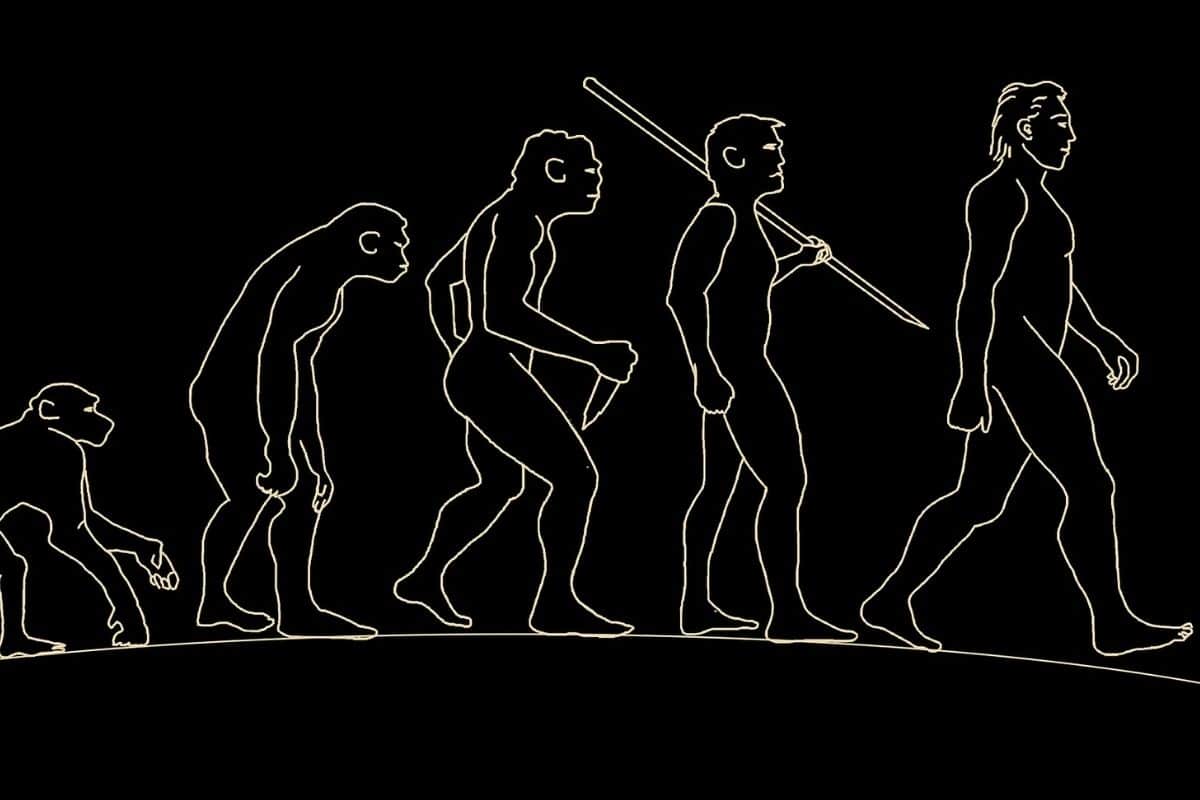

The fossils of Homo sapiens discovered in East Africa turn out to be not 200,000, but at least 230,000 years old.
In the 1960s, hoping to learn more about our own ancestors, expedition members traveled to a remote place in southern Ethiopia to search for human remains. And with success. In the town of Omo they found the oldest fossil remains of Homo sapiens. Scientists suspected that the remains must be just under 200,000 years old, though the exact age remains unknown. This is a difficult issue that researchers have once again become obsessed with.
Discovery
The so-called ‘Omo remains’ were discovered in the Omo Kibish Formation, located in southwestern Ethiopia, in the East African Rift Valley. In the region, which is characterized by active volcanoes, many human remains and artifacts such as stone tools have already been recovered.

This photo shows the Omo Kibish Formation, located in southwestern Ethiopia, in the East African Rift Valley. Image: Céline Vidal
By dating the layers of volcanic ash above and below the fossils, scientists discovered that the Omo remains represent the oldest remains of Homo sapiens. “Using this method, the age has been established at less than 200,000 years,” said study leader Céline Vidal. “However, the fossils were discovered under a thick layer of volcanic ash that no one until now had been able to date with radiometric techniques because the ash is too fine-grained.”
Age
It means that the exact age of the Omo remains has long been uncertain. And so researchers have endeavored to unravel this mystery. To do this, they studied all major volcanic eruptions that occurred in the Ethiopian rift around the time of the first appearance of Homo sapiens in the Middle Pleistocene era. They then tried to accurately date these eruptions.
Volcanic eruptions
The researchers collected pumice samples from the volcanic deposits and ground them into small granules. “Each eruption has its own fingerprint — its own evolutionary story — determined by the path the magma followed,” Vidal explains. “Once you crush rock, the minerals hidden in it are released. Then you can date the rock and reveal the chemical signature of the volcanic glass that holds the minerals together.”
230,000 years old
The researchers investigated, among other things, a colossal eruption of the Shala volcano. Thanks to studied pumice samples from this volcano, the team discovered that it must have erupted about 230,000 years ago. However, the Omo remains have been found under this particular ash layer. And that means that the discovered human remains of our distant ancestors must be more than 230,000 years old.
Even older than expected
It means that the oldest fossil remains of Homo sapiens are much older than thought. For example, the researchers have now proven that our distant ancestors walked the globe not 200,000 years ago, but at least 230,000 years ago. It may not stop there. “We can only date humanity based on the fossils we have,” Vidal says. “And so it’s impossible to say right now that this is the definitive age of our species. The study of human evolution is always in flux: boundaries and timelines change as our understanding improves. But these fossils show how resilient humans are: that we survived, thrived and migrated in an area so prone to natural disasters.”
The researchers are continuing their study. “We now know the new minimum age for Homo sapiens in East Africa, but the challenge remains to better understand the maximum age as well,” said researcher Christine Lane. “It’s quite possible that new finds and new studies push the age of our species even further down the timeline.” In addition, in addition to the Omo remains, numerous other fossils have also been found in the area. “Over time, we also hope to get a better idea of the age of these fossils from the region,” Vidal concludes.
Source material:
“Earliest human remains in eastern Africa dated to more than 230,000 years ago– University of Cambridge (via EurekAlert)
Image at the top of this article: laurencerouault via Pixabay